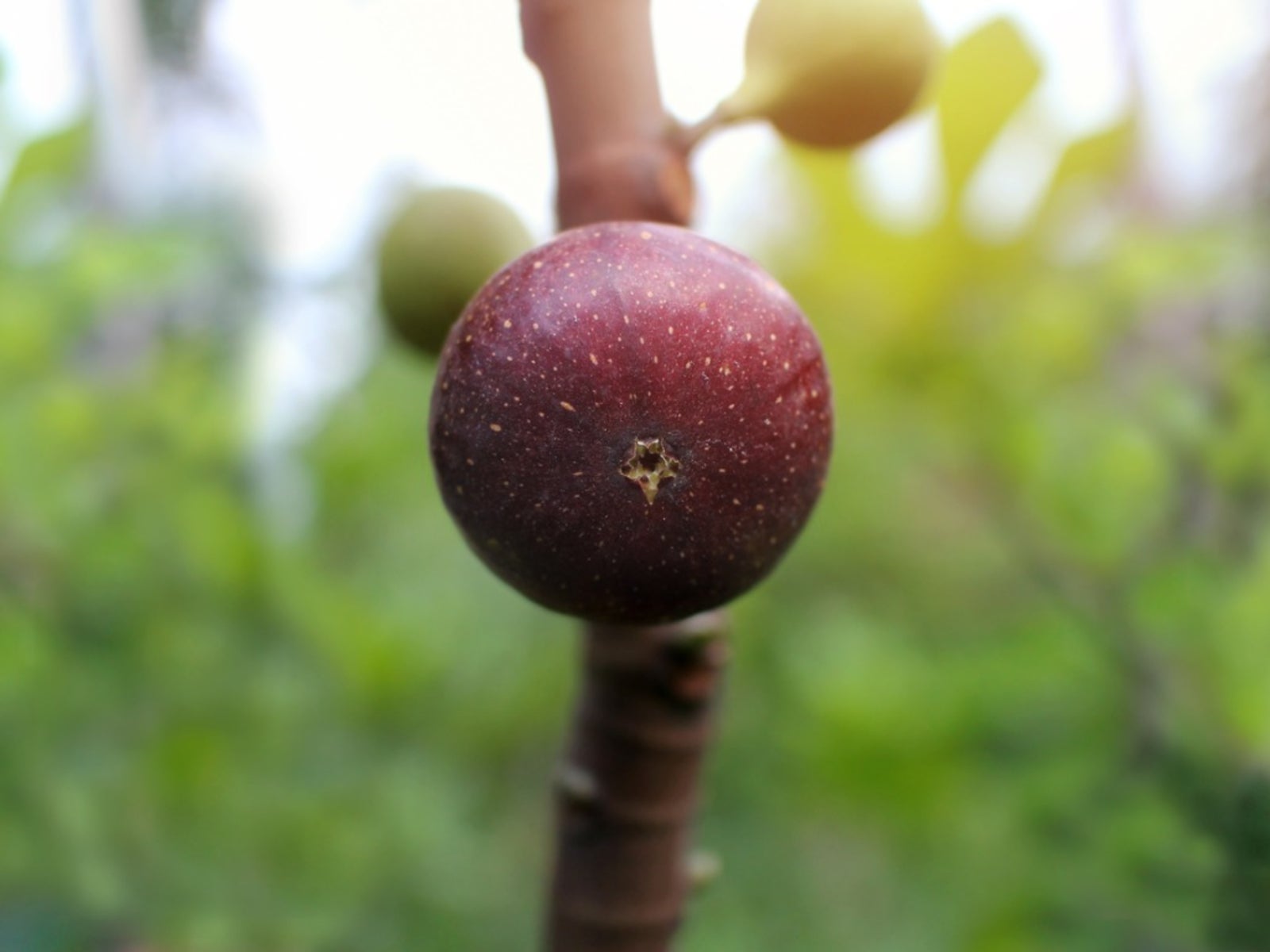What Is A Brown Turkey Fig: Tips For Growing Brown Turkeys


If you are a fig lover, you might be tempted to grow your own. Some varieties of fig are strictly suitable for tropical to sub-tropical zones, but Brown Turkey figs are adaptable to temperate regions. What is a Brown Turkey fig? Brown Turkey fig trees are easy to prune to manage height, adaptable to many soils, and prolific fruit producers. As an added bonus, Brown Turkey care is negligible and the plants can be trained to single or multi-stemmed plants, adding beauty and shade to the garden.
What is a Brown Turkey Fig?
Brown Turkey figs (Ficus carica ‘Brown Turkey') are sweet, delicious fruits that have rusty red to purplish skin and richly toned pink flesh. The trees are suited for a Mediterranean climate and produce prolifically, which in some areas makes them invasive. Brown turkey fig trees are quite commonly available, as they have a zone tolerance of USDA 7 to 11. Even gardeners with relatively short growing seasons should be able to harvest some of the candy-like fruits. Brown Turkey fig trees get about 20 feet (6 m.) in height, but you can keep them pruned to a shorter plant quite easily. Mature trees get silvery gray bark and interesting gnarled silhouettes. The large three to five lobed leaves are slightly hairy and darker green above than below. The flowers are not showy and develop at the ends of the branches, with subsequent fruit ready for harvest at the end of summer or into early fall. The beautiful trees have shallow roots which can be invasive and cause tripping hazards. It is best to situate the plant where it is sheltered but receives full sun. One of the more interesting ways of growing Brown Turkeys is as a bonsai. It takes some serious training and root pruning, but the elegant little plant can still produce a few fruits!
How to Grow Brown Turkey Figs
Brown Turkey fig trees can be grown in containers in cooler regions. Set them on casters so you can easily move the plants indoors when freezing temperatures threaten. Some gardeners say the plant can be grown in USDA zone 6 if the root zone is heavily mulched and the plant is in a location with some protection from northern winds and freezes. Early season frosts may require the tree be draped with a blanket or other cloth to protect fruits as they are ripening. Growing Brown Turkeys from cuttings is quite easy. Clip off a sucker from the base of a mature tree. Dip the end into rooting hormone and place the cutting into moistened sand. Keep moist and once you notice new growth, repot the new plant in potting mixture.
Brown Turkey Care
Fig trees are very stoic unless you relocate them. Transplanting can cause leaf drop and the plant is slow to recover, but with good culture it will rebound the next season. Brown Turkey fig trees can tolerate drought for brief periods of time, but they will produce best with consistent moisture. Top dress around the roots annually with compost to help richen up the soil. If slow growth or pale leaves occur, fertilize the plant with 10-10-10 fertilizer worked into the soil around the root zone. The most common issues are going to be sucking insects. Use neem oil sprays early in the season to get the majority of the insects. Some moderate fungal diseases can occur. As part of routine Brown Turkey care, clean up leaves at the end of the season so diseases and insects that such debris can harbor are minimized.
Sign up for the Gardening Know How newsletter today and receive a free copy of our e-book "How to Grow Delicious Tomatoes".

Bonnie Grant is a professional landscaper with a Certification in Urban Gardening. She has been gardening and writing for 15 years. A former professional chef, she has a passion for edible landscaping.